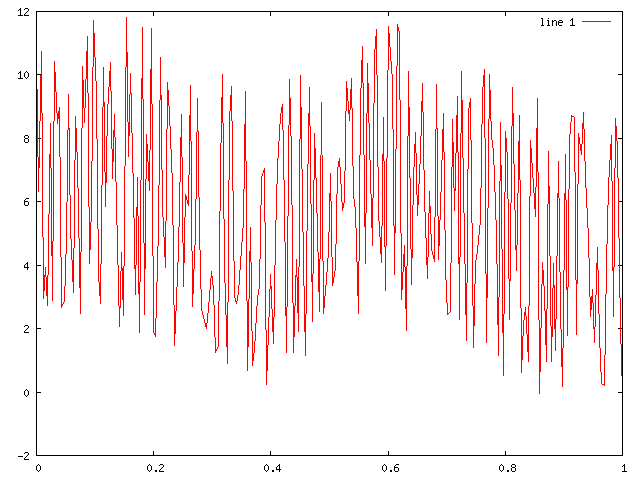
 |
| (1) |
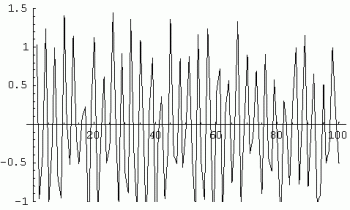 Its power spectrum (FFT) looks like
Its power spectrum (FFT) looks like
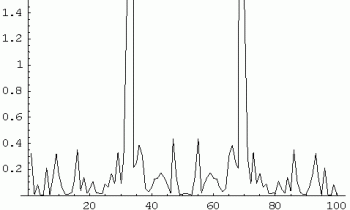 Example 2
Consider a data set of (N=10)
Example 2
Consider a data set of (N=10)
| (2) |
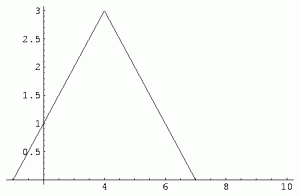 |
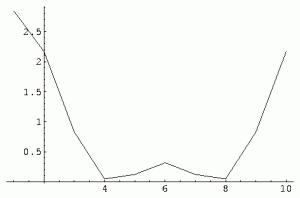 |
| (3) |
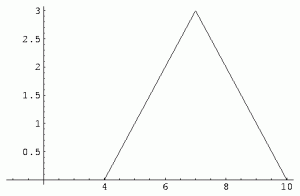 |
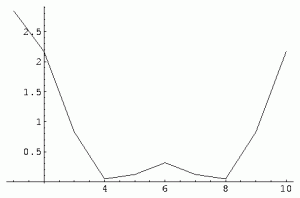 |
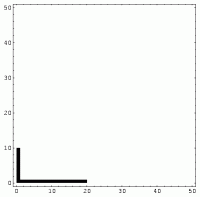 , ,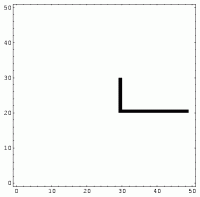 |
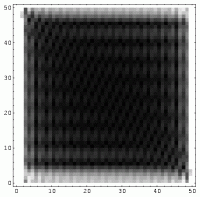 , ,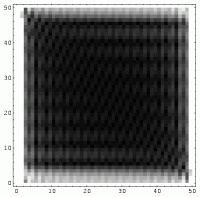 |
 Using the fft (Fast Fourier Transform) and ifft
(Inverse Fourier Transform)
functions in MATLAB/OCTAVE, remove the noise from the data above and restore the original signal.
Using the fft (Fast Fourier Transform) and ifft
(Inverse Fourier Transform)
functions in MATLAB/OCTAVE, remove the noise from the data above and restore the original signal.
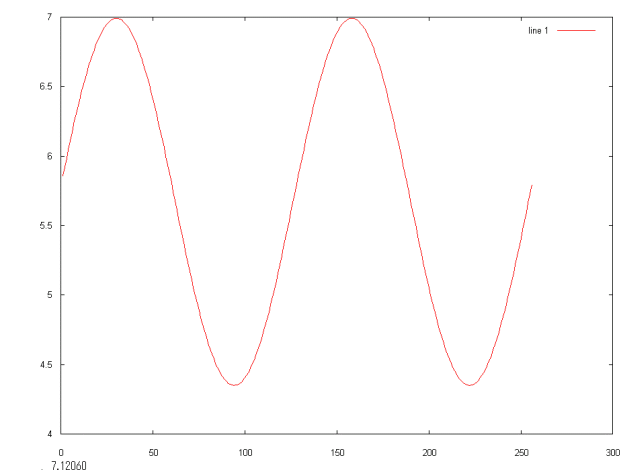
|
|
|